Hey, rockhounds! Meet basalt, the most common volcanic rock you’ll find on our planet. It’s the dark, fine-grained stuff that makes up those cool lava flows and forms the base of the ocean floor. Buckle up for a journey into the intriguing world of basalt, where we’ll discover its origins, characteristics, and how it shapes our planet.
What’s the Most Common Extrusive Igneous Rock on Earth?
Ever wonder what kind of rock makes up those stunning black sand beaches or stretches across the ocean floor? Well, it’s basalt, the most common volcanic rock on Earth’s surface!
Basalt gets its start deep underground as molten rock, known as magma. This magma, rich in iron and with a dark hue, journeys upward through cracks and weaknesses in the Earth’s crust. When it finally reaches the surface, often explosively, we call it lava. As the lava cools quickly in the open air, it solidifies and transforms into basalt.
Think of places like the Hawaiian Islands with their iconic black sand beaches or expansive lava flows – that’s basalt in action! It’s not just limited to islands though. Vast underwater plains on the ocean floor are also carpeted in this rock, making it a major player in the Earth’s geology. You’ll find it in volcanic regions and hotspots around the globe, a testament to the powerful forces that shape our planet.
To discover more igneous rocks fun facts, visit our full page! Also, read 5 facts about igneous rocks that will pique your interest!
From Ocean Floors to Volcanic Peaks: Delving into the Dominance of Basalt
Picture this: molten rock, fiery and hot, erupts from a volcano. As it spills out and cools down quickly, it hardens into a rock we call basalt. This stuff is everywhere! In fact, over 90% of the volcanic rock on Earth is basalt – talk about a rock star!
You see, basalt isn’t just found near volcanoes on land. Deep down on the ocean floor, where tectonic plates drift apart, magma rises up and solidifies into… you guessed it, more basalt! This underwater volcanic action creates the very foundation of the seafloor. It’s like a giant, hidden conveyor belt constantly churning out fresh basalt.
Now, about that dark, almost black color – basalt gets that from its iron and magnesium content. Think of it like this: the more iron, the darker the rock. And inside this dark rock? A fascinating mix of minerals, primarily plagioclase feldspar and pyroxene. These minerals give basalt its unique texture and tell us a story about the intense heat and pressure it formed under.
Basalt’s story is really the story of Earth itself. Massive lava flows, towering volcanic mountains, and even the ground beneath our feet often owe their existence to this incredible rock. It’s a reminder that our planet is a dynamic, ever-changing place, sculpted by powerful forces over millions of years.
The Ubiquitous Basalt: Why is This Dark Horse the King of Extrusive Igneous Rocks?
So, we’ve talked about igneous rocks, but let’s get real – basalt pretty much steals the show. This dark, gritty rock is everywhere you look in volcanic areas, and there’s a good reason why it outshines its igneous siblings.
Think of it like this: basalt is born from the intense heat and pressure deep within the Earth’s mantle. It’s like a fiery forge down there! When this molten rock erupts onto the surface, it cools down super fast, which is the secret behind basalt’s signature smooth, fine-grained texture.
And we’re not just talking about a few scattered rocks here. We’re talking the very foundation of our planet! Basalt forms the bedrock of the ocean floor, massive stretches of land, and even those iconic volcanic islands we dream of escaping to.
Speaking of being tough, this rock can handle just about anything Mother Nature throws at it. It laughs in the face of weathering and erosion, standing strong as a testament to Earth’s incredible geological history.
No wonder basalt is considered the top dog of the extrusive igneous world. It’s not just a pretty face; this dark horse plays a vital role in shaping the very landscapes we call home, giving us a glimpse into the powerful forces at work deep within our planet.
Basalt: Unraveling the Secrets of Earth’s Most Common Volcanic Rock
You know how volcanoes spit out molten rock? Well, when that stuff cools down on the Earth’s surface, it turns into this super common rock called basalt. Seriously, it’s everywhere! Over 90% of the planet’s volcanic landscape is made of this stuff, shaping a huge chunk of our world.
So why is basalt so popular? Basically, it’s all about how it’s made. Picture this: molten basalt, or lava as we call it, cools down crazy fast. This quick change doesn’t give the minerals much time to organize themselves, resulting in a rock with a fine, almost smooth texture. Peek closely, and you’ll see it’s mostly made up of tiny crystals of plagioclase feldspar and pyroxene, which give basalt its signature dark gray or black color.
But basalt’s story goes way beyond just being common. Think about the vastness of our oceans – the majority of their floor is actually made of basalt! It forms the bedrock of this underwater world. On land, basalt is the star of the show when it comes to volcanoes. From dramatic lava flows to towering cinder cones, basalt is the architect behind some of nature’s most impressive formations.
Scientists get pretty excited about basalt because it’s like a time capsule from Earth’s past. By studying this abundant rock, we unlock secrets about past volcanic eruptions and how the Earth’s crust has changed over millions of years. Each basalt formation tells a story, helping us piece together the puzzle of our planet’s incredible journey.
FAQ
Q1: What is basalt and why is it so common?
A1: Basalt is a dark, fine-grained igneous rock that forms when lava cools rapidly. It is composed primarily of plagioclase and pyroxene minerals and is the most common volcanic rock on Earth, covering over 90% of the ocean floor and forming many volcanic islands and mountains.
Q2: How does basalt form and where is it found?
A2: Basalt forms when magma, or molten rock, rises from deep within the Earth and erupts onto the surface. It can also form when magma cools slowly beneath the surface. Basalt is found all over the world, both on land and under the sea.
Q3: What are the unique characteristics of basalt?
A3: Basalt is a very dense and heavy rock, and it is also very strong and durable. It is resistant to weathering and erosion, which is why it is often found in areas with high levels of volcanic activity.
Q4: What are the uses of basalt?
A4: Basalt is used in a variety of applications, including road construction, railroad ballast, and as a building material. It is also used in the production of cement, fertilizer, and other products.
Q5: Why is basalt important to study?
A5: Basalt is important to study because it is the most common volcanic rock on Earth. It provides valuable information about the Earth’s interior, the processes of volcanic eruptions, and the history of the Earth’s surface.
- Open Door Notes: Unequal Trade, Lasting Impact on East Asia - April 24, 2025
- Funny Controversial Topics: 101+ Ideas for Lively Debates - April 24, 2025
- 20 Fun Quiz-20 Questions: Popular Now - April 24, 2025
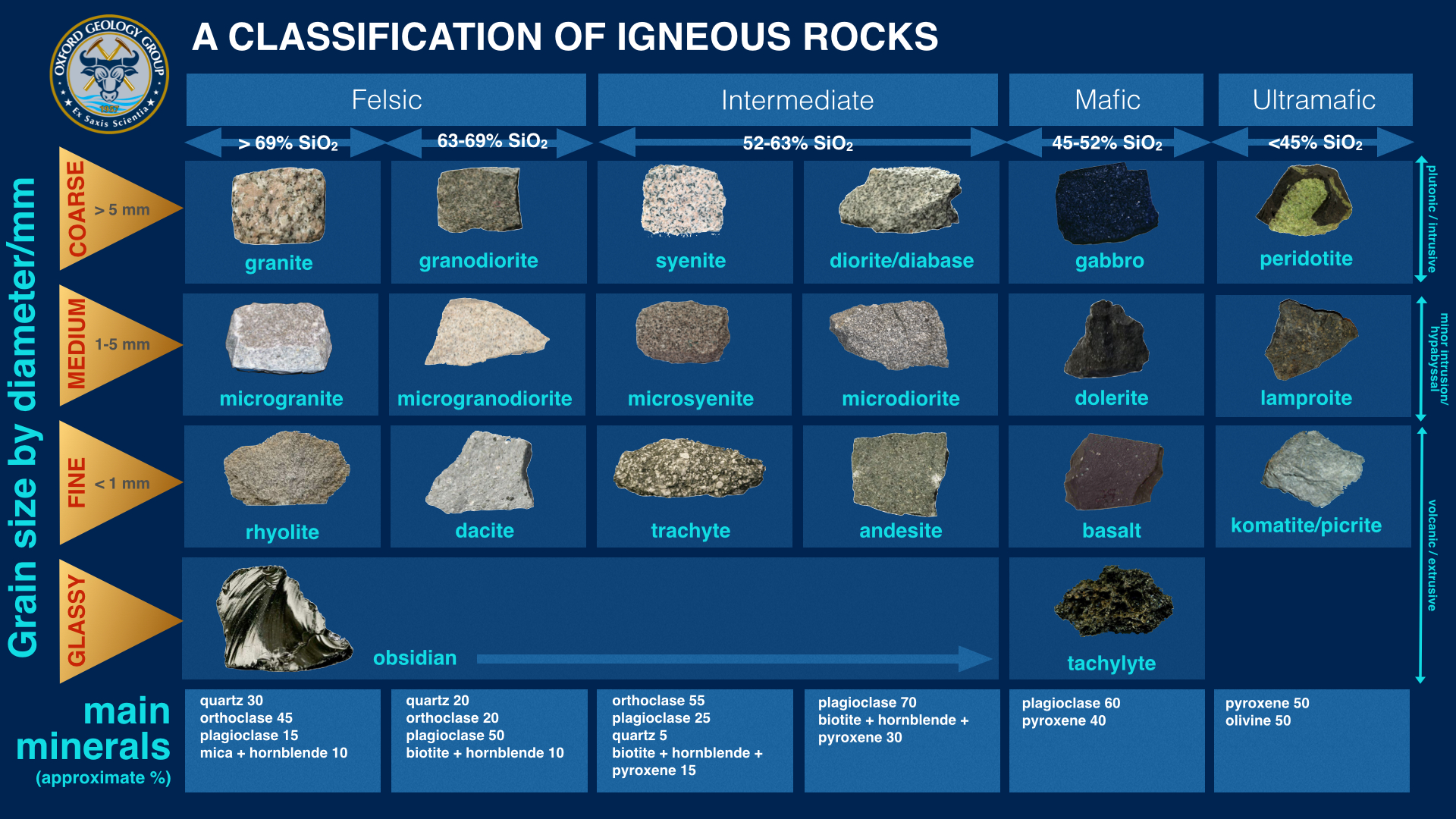
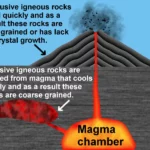

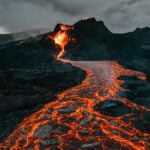

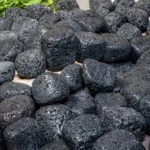
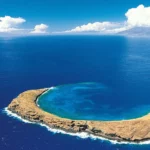










Comments are closed.